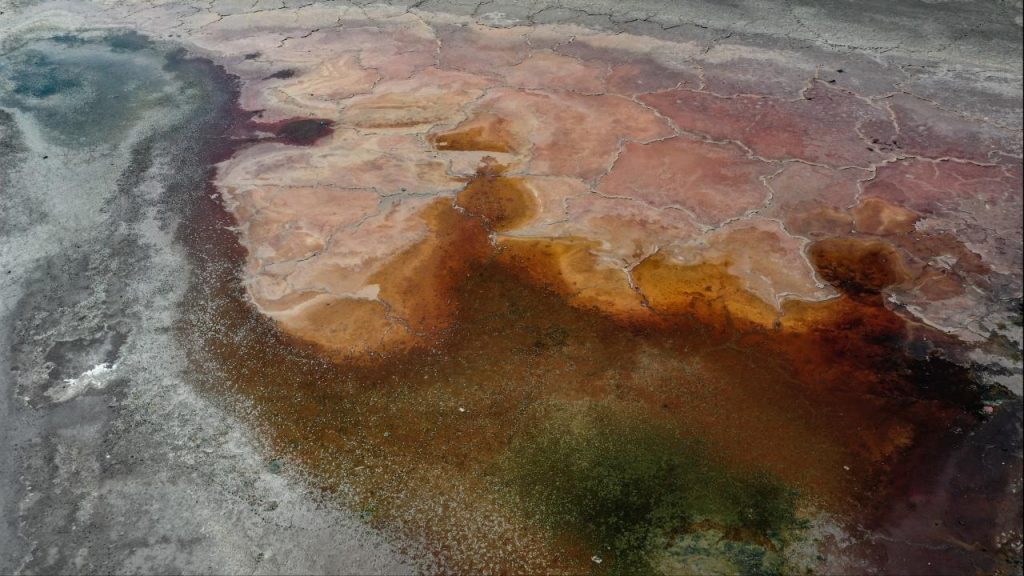The province of Iğdır is experiencing a drought due to temperatures exceeding 35 degrees Celsius and minimal rainfall throughout the summer. According to a report published by the Ministry of Agriculture and Forestry for the years 2022-2023, there has been a decrease of over 40% in precipitation in the region, with the drought situation persisting this year as well.
As a result of the drought, significant drying has occurred in some marshy areas located at the foot of Mount Ararat. These marshy areas, which are visited by many bird species due to being on the migration route, have nearly dried up. When the areas dried up, it was noted that the bird species using these areas migrated to other nearby marshy areas.
Dr. Belkıs Muca Yiğit, Director of the Biodiversity Application and Research Center at Iğdır University, stated that Iğdır is among the least rainy provinces in the last 3 years. According to data from the Ministry of Agriculture and Forestry, Yiğit mentioned that several provinces, including Iğdır, are experiencing severe drought conditions, with rainfall levels dropping more than 40% below normal. She predicted that the drought and lack of rain would continue in 2024 as well, with more accurate information expected from the Ministry’s report in 2024.
Yiğit also addressed the drought in marshy areas, stating, “In particular, the effects of drought caused by this high temperature are more clearly seen in Karasu floods. Recent investigations show that the water in the area has receded and completely dried up. This situation is due to the extremely high temperatures in August.” She emphasized that the drying areas are important for local and migratory bird species as nesting and habitat areas, as well as significant sources of food during the breeding season for animals, especially for shorebirds.
She highlighted the importance of these areas for local and migratory bird species, stating, “These areas are important for Iğdır. Especially due to being located at the foot of Mount Ararat, they serve as important water sources for the national park. Beyond that, these areas are nesting and habitat areas for local and migratory birds. Breeding seasons occur in these areas, and they are also a significant food source for animals. These areas are particularly important for shorebirds.”


